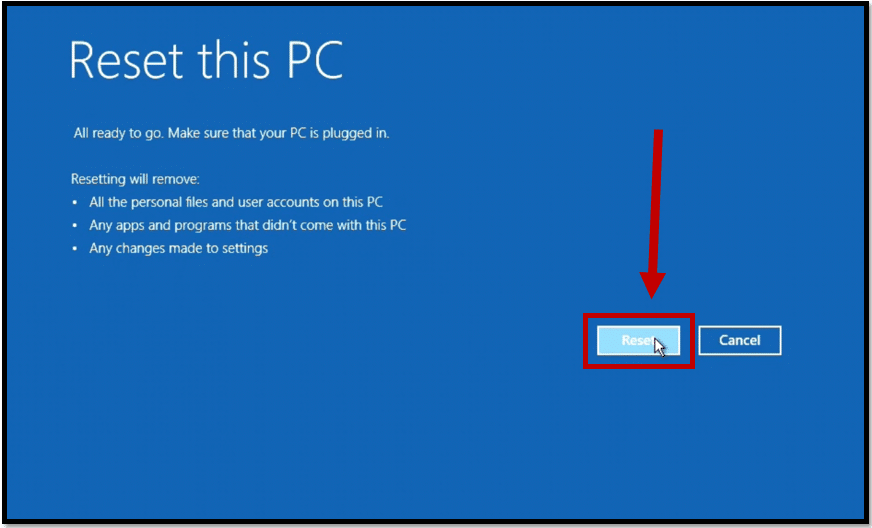
Overall, factory resetting a laptop can be a helpful solution to fix various computer issues. Therefore, it's crucial to back up your important data before resetting your laptop. It's essential to note that resetting your laptop will erase all your files, settings, and applications. If you can't access your laptop, you can still reset it through Windows Recovery Environment, which is a special mode that allows you to troubleshoot and repair your computer. Some laptops have a dedicated reset button, while others can be reset using the Settings app in Windows. There are several ways to factory reset a laptop.

It can be a useful way to fix various system issues, such as software freezing, Windows not responding, or keyboard stops responding. Following that, choose “Updates & Security” from the pop-up screen and then “Recovery”.Let’s find out how to factory reset your HP laptop! How to factory reset HP laptopįactory resetting a laptop involves clearing all information and configuration on the computer and restoring it to its original state. First, open up the Start Menu and access the Settings menu, represented by the cog icon. It is a fairly straightforward process to reset your Windows 10 installation. How to perform a factory reset on Windows 10

Instead of having to buy a new PC or laptop, you might find that restoring your machine to its factory settings will make it much more lively and easy to use once again. By choosing to reset your equipment, it will not only help your computer to run smoother, but will also potentially fix any other issues with your hardware or software. This feature might help improve your PC or laptop’s performance and hopefully improve your experience of using your device.

The good news is that Microsoft has ensured that Windows 10 has the ability to reset your machine to its factory settings without removing any files or applications that you want to keep.

Best Windows 10 apps Best Windows 10 tips and tricks for power users How to move Windows 10 from an HDD to an SSD


 0 kommentar(er)
0 kommentar(er)
